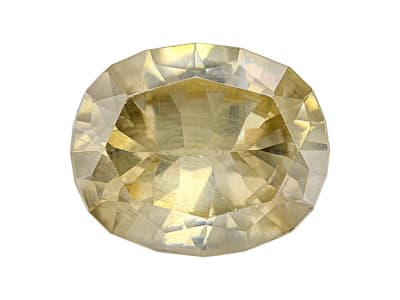Phosgenite is a lead chlorocarbonate mineral that was named in 1820 by August Breithaupt because it has phosgene as a component. Fine mineral specimens and facet grade material are rare. The mineral is from the tetragonal crystal system and specimens are typically prismatic or tabular in form. Crystals have vertical striations and might have pointed terminations. Occasionally specimens will have a helical twist around the principal axis. Specimens from the Monteponi Mine, Sardinia, Italy are greatly prized.
General Information
LWUV: Yellow
Pb2CO3Cl2
null Colors
-
 Brown
Brown -
 Colorless
Colorless -
 Gray
Gray -
 Green
Green -
 Pink
Pink -
 White
White -
 Yellow
Yellow
Alternate Names
Cromfordite, Horn Lead, Corneous Lead
Countries of Origin
Greece; Russian Federation; Morocco; Namibia; United States of America; Poland; Italy; Australia; United Kingdom of Great Britain and Northern Ireland
History
Phosgenite was first found at the lead mine at Cromford, Derbyshire, England in 1800.
Care
Very soft gentle care, not suitable for jewelry. Soluble in acid. This stone contains lead and special care needs to be used. Always wash your hands after handling and do not ingest. Cut stones using a liquid medium and use a mask so not to inhale dust.
